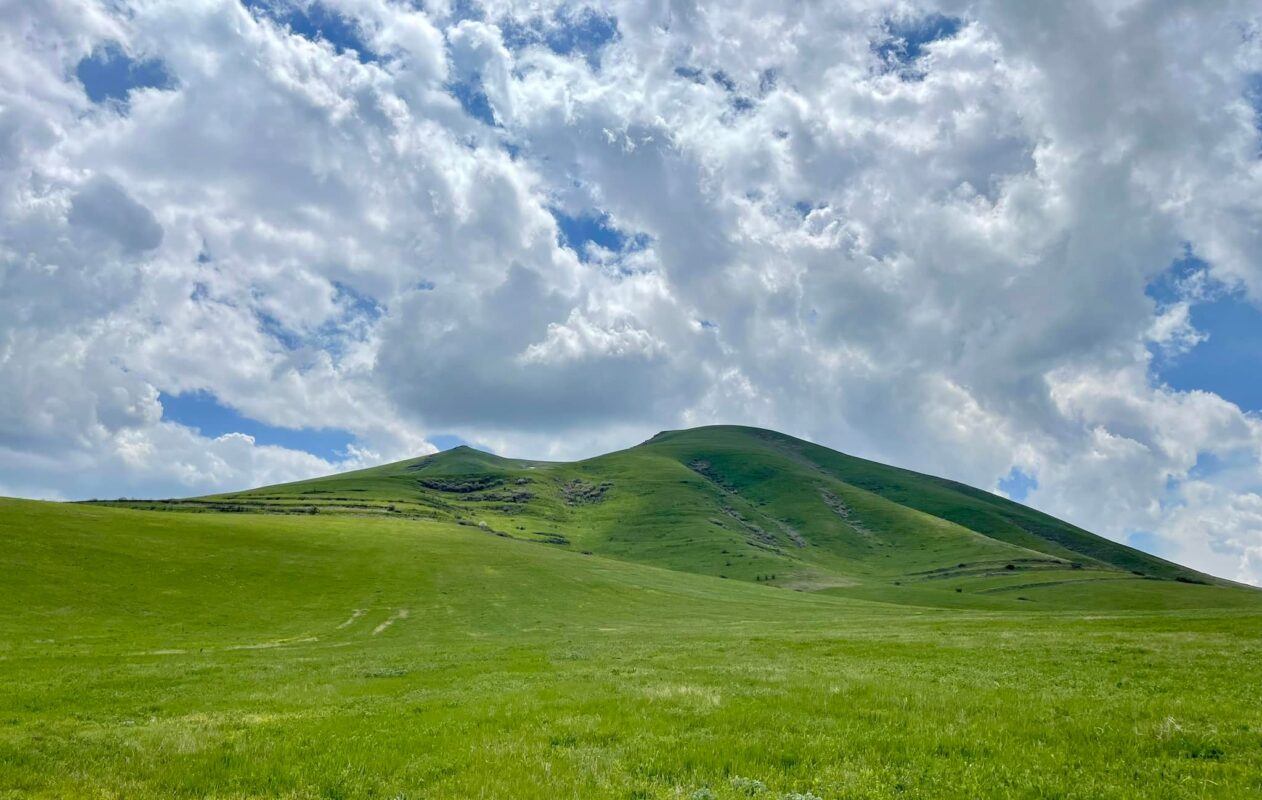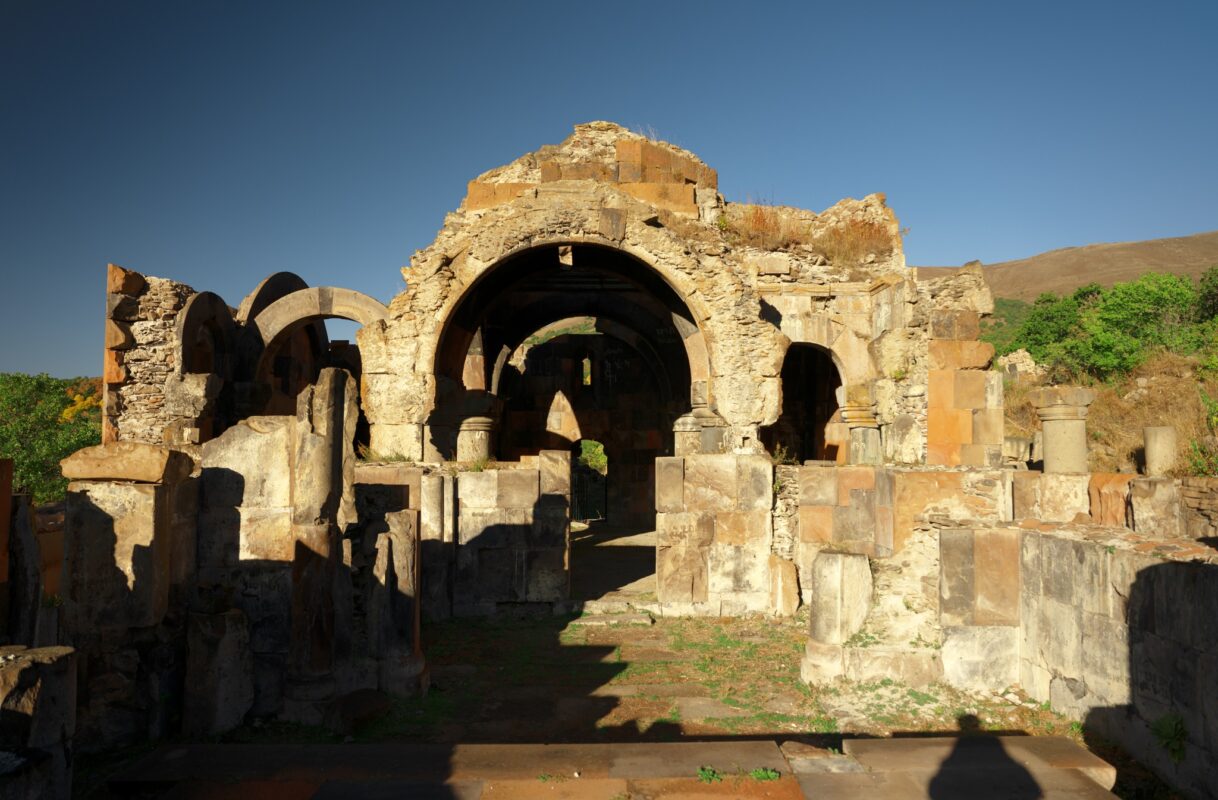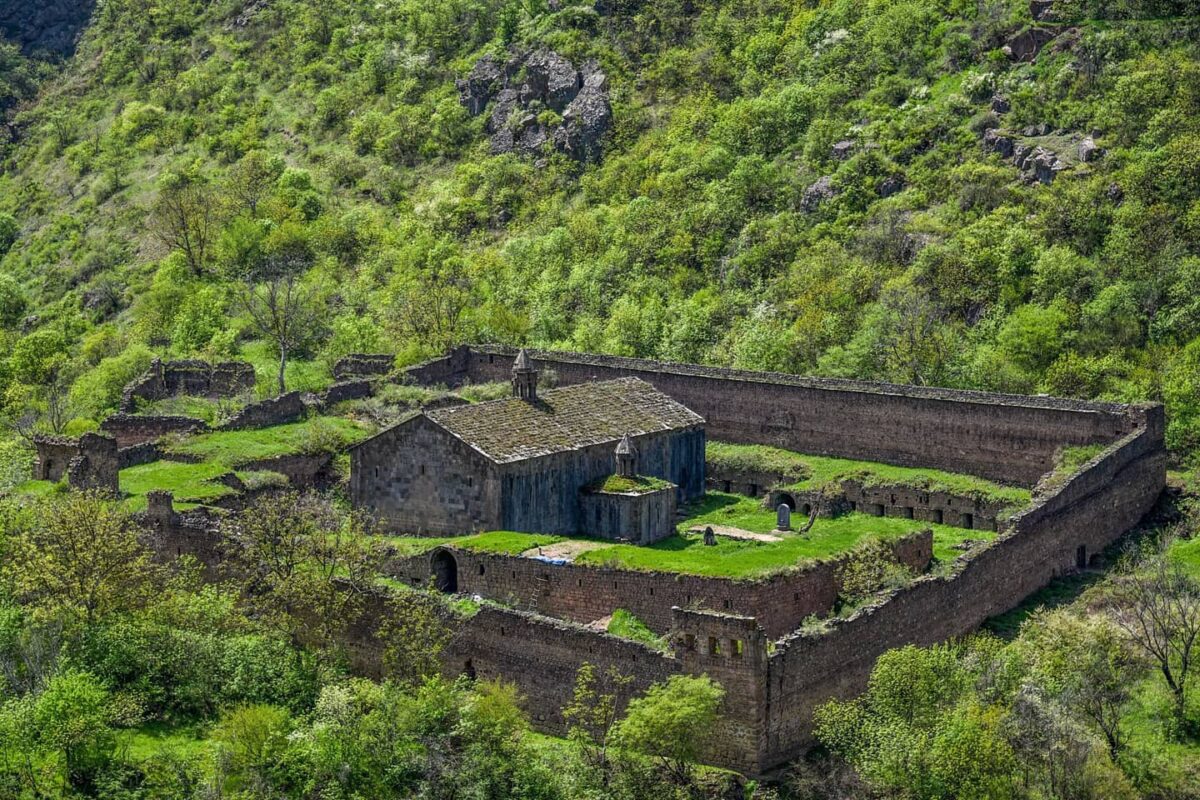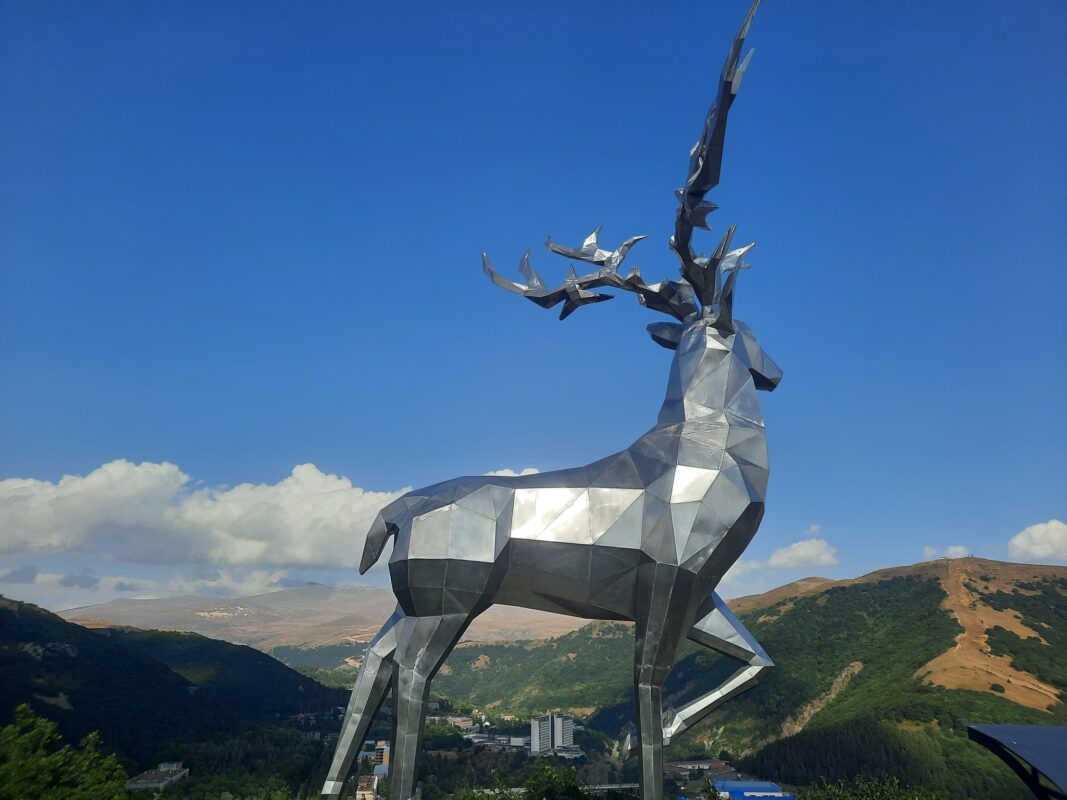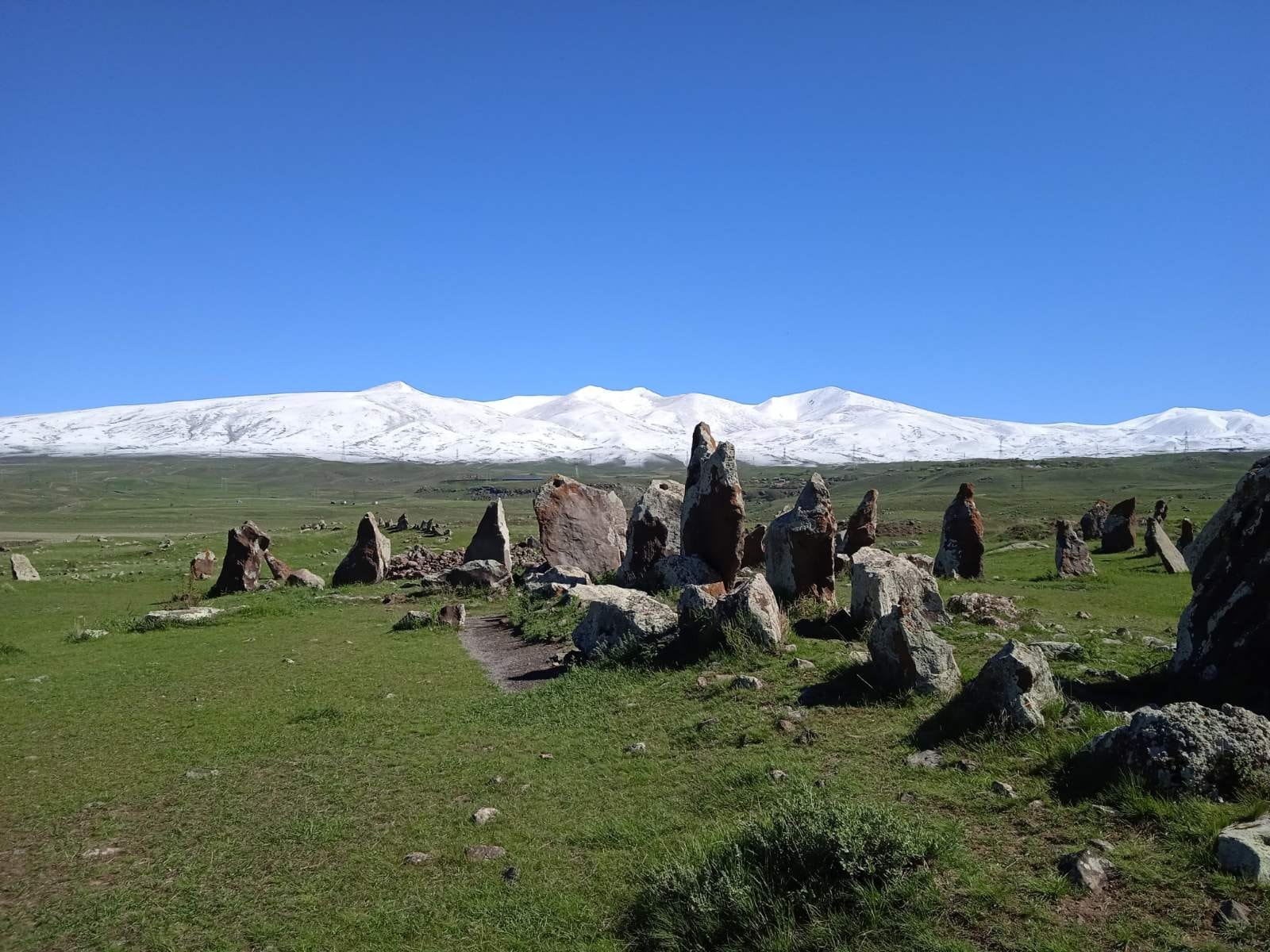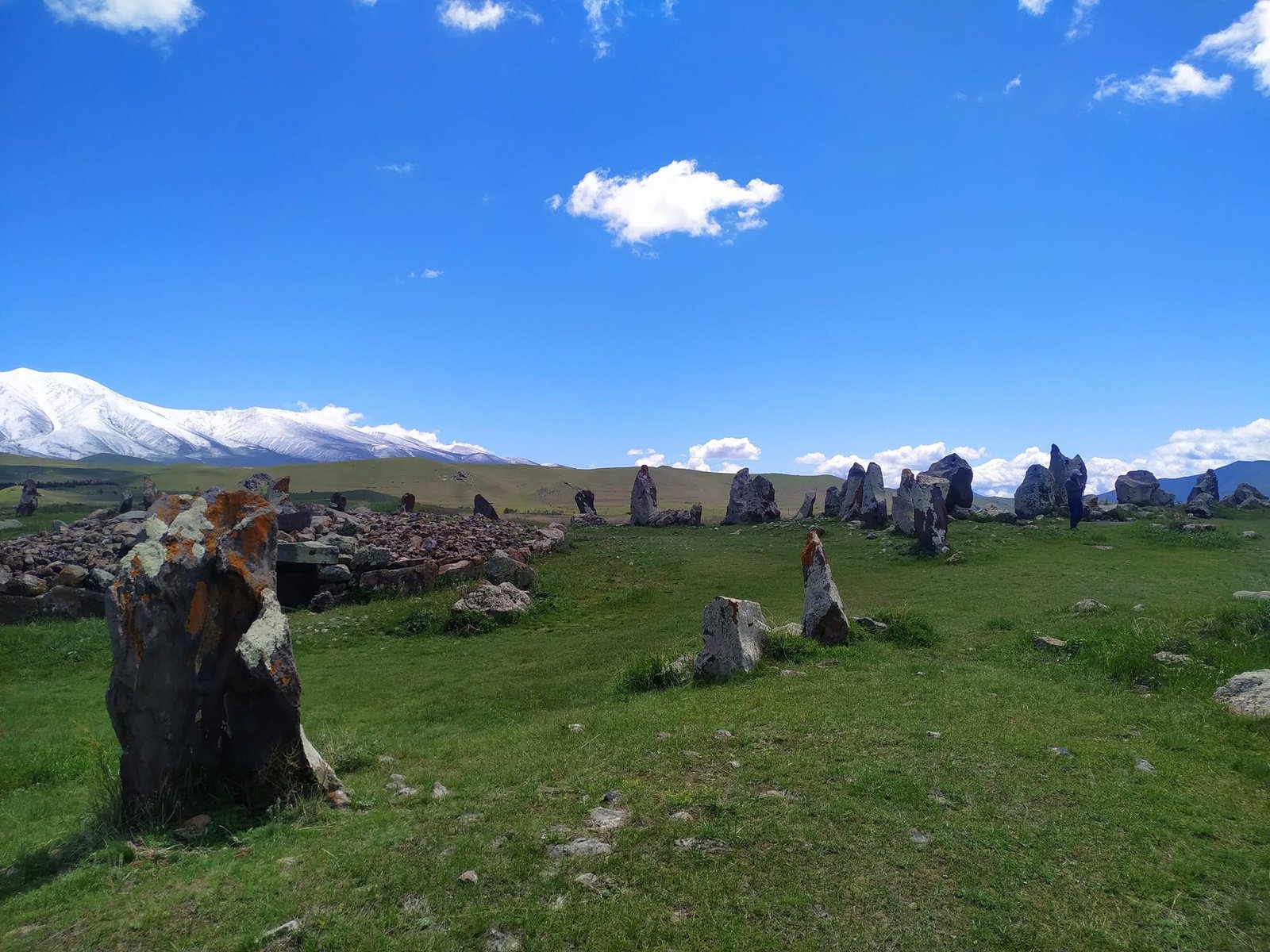Latest Listings
Related Listings
Close To You
Zorats Karer

Landmark
1770 m
Historical
Easy
📍 Location: 3 km north of Sisian, Syunik Province, Armenia
🌐 Coordinates: 39°33′02″N, 46°01′43″E
🕰️ Period: 3rd to 1st millennia BC
📝 Other names: Karahunj, Tsits Karer (Stake Stones)
🌿 Best time to visit: Spring - autumn
OVERVIEW
Zorats Karer, also referred to as Karahunj or Tsits Karer (Stake Stones), stands as one of the most mysterious and monumental archaeological sites in Armenia and the entire Caucasus region. Officially designated as a state-protected historical and cultural reserve, it remains Armenia’s only megalithic monument preserved on such a grand scale. Covering seven hectares, the complex includes over 200 basalt stones, some towering up to three meters and weighing as much as 10 tons. Many of the stones are distinguished by their unusual circular holes. The purpose of these perforations has long been debated by scholars. Early researchers proposed that the site was an ancient observatory, but more recent evidence suggests that Zorats Karer primarily served as a ritual burial ground and ceremonial complex. Its history stretches from the Middle Bronze Age, between 1900 and 1700 BC, through the Late Bronze Age and into the early Iron Age.
HISTORY
The first academic reference to Zorats Karer was made in 1931 by ethnographer Yervand Lalayan. In the decades that followed, extensive archaeological studies were carried out, particularly during the 1960s and 70s, by archaeologists such as G. E. Areshyan, O. Khnkikian, P. Avetisyan, and Sh. Kroll. These investigations revealed that the site was continuously used for burial and ritual purposes. Discoveries included bronze jewelry, beads, obsidian tools, and fragments of ancient pottery. The American University of Armenia, in cooperation with the Armenian Ministry of Culture, conducted advanced aerial documentation and laser mapping in 2018, which provided a new understanding of the site’s evolution. These studies confirmed that Zorats Karer originally served as a ritual center and later became fortified. The excavations revealed tomb chambers and burial structures dating back to 1900-1100 BC, along with Middle Bronze Age colored pottery typical of Kanagegh and Mingechaur styles. Additional artifacts from the Late Urartian period (700-500 BC) and the Achaemenid-Yervandian period (500-200 BC) were also found.
ARCHITECTURE
Zorats Karer consists of several functional components: a central circle, parallel rows of standing stones forming northern and southern wings, a northeastern stone avenue, a spiral colonnade, and isolated standing stones scattered across the plateau. Many basalt stones feature circular holes about 15-20 centimeters from their tops, possibly for the insertion of ropes used to move them. These holes, expanding to 12 centimeters in diameter, were likely made with stone and obsidian tools. Some archaeologists also noted that the holes align with solar and lunar positions. A later defensive wall, believed to date from the reign of Artashes I the Great (2nd century BC), was built atop part of the older ritual complex.
LOCAL LEGENDS AND TRADITIONS
The legends of Zorats Karer only deepen its allure. Locals call it Armenia’s Stonehenge, and myths persist that the stones once functioned as an ancient astronomical observatory. According to local folklore, observers could track the rising and setting of the sun and stars through the mysterious holes. Despite modern archaeological interpretations, the site continues to radiate spiritual symbolism as a boundary between the material and sacred worlds.
For generations, the people of Sisian have passed down fascinating oral traditions about Zorats Karer. In addition to the astronomical legends, the stones have been associated with ancient deities and spirits. Many elders believe that walking around the stones in a specific pattern brings good luck or healing energy. Weddings and seasonal celebrations were said to have taken place near the central stone circle, with prayers and rituals performed for fertility, harvest, and protection.
PRESERVATION AND RESTORATION
Zorats Karer is a state-protected monument under the Armenian Ministry of Culture. Conservation efforts have focused on stabilizing vulnerable stones, preventing erosion, and controlling visitor access to reduce wear. The 2018 aerial mapping project significantly advanced documentation and monitoring of the site. Local initiatives in Sisian promote education and responsible tourism to ensure the monument’s long-term preservation.
INTERESTING FACTS
Zorats Karer is considered the oldest known megalithic monument in the Caucasus. Its design shares superficial similarities with Stonehenge, yet it stands alone in its scale, complexity, and cultural significance. The site remains a powerful symbol of Armenia’s ancient civilization, offering unique insight into early ritualistic and astronomical practices. The 2018 aerial and ground survey remain the most comprehensive study of Zorats Karer ever undertaken.
Facilities
Nearby
A small regional museum displaying archaeological finds, medieval artifacts, and providing rich context on the area’s ancient history.
A well-preserved 7th-century Armenian church, notable for its simple yet impressive early Christian architecture and peaceful surroundings.
The Vorotan River dramatically cascades from an 18-meter-high basalt ledge, creating one of Armenia’s most beautiful natural waterfalls.
A unique ancient burial monument and early Christian chapel structure located near Sisian. The site is known for its distinctive stone pillars and served as a ceremonial site during early medieval times.
A 10th-century fortified monastery featuring two ancient churches and offering panoramic views over the Vorotan Gorge.

